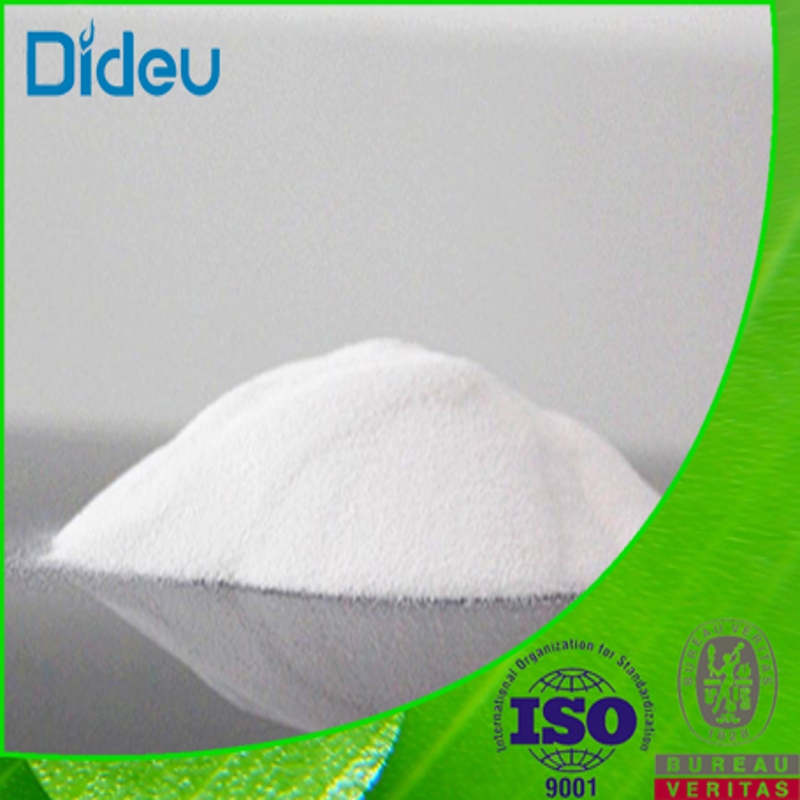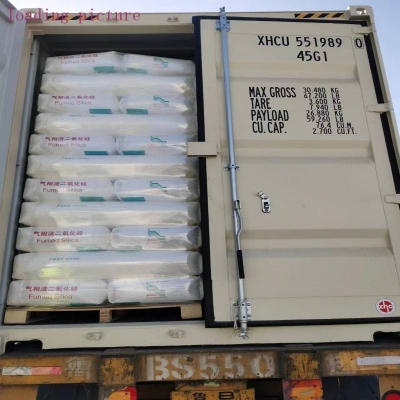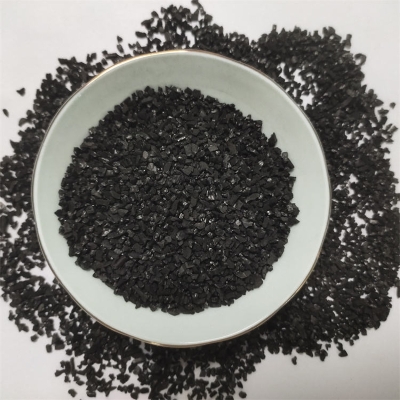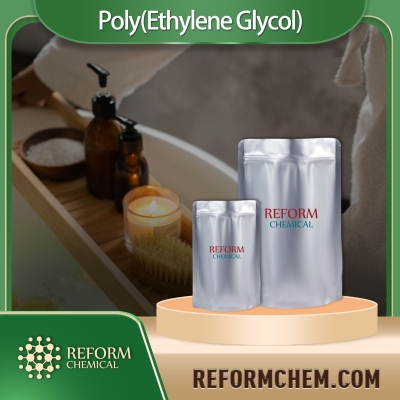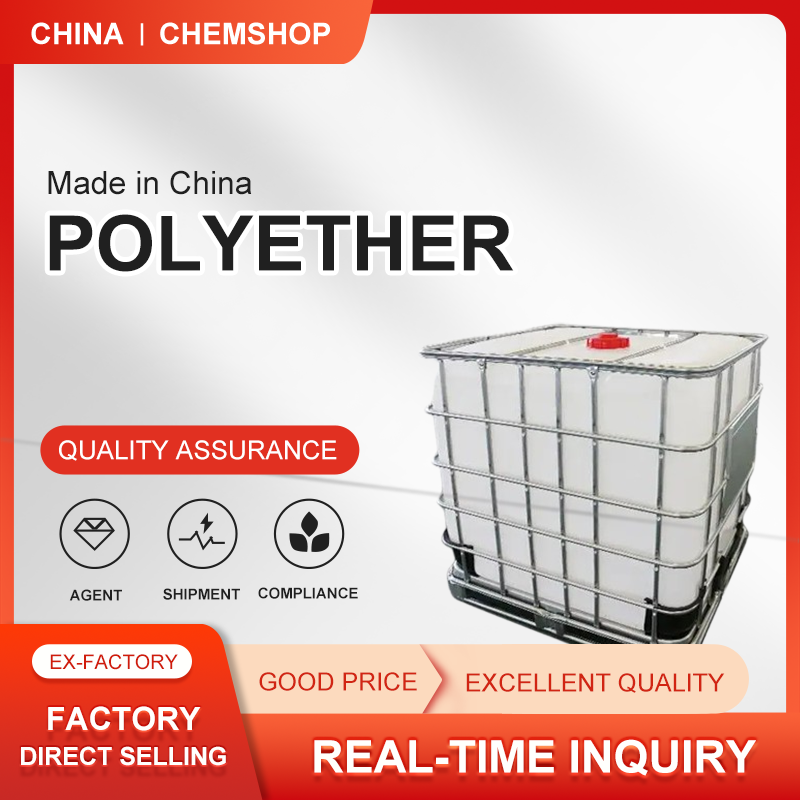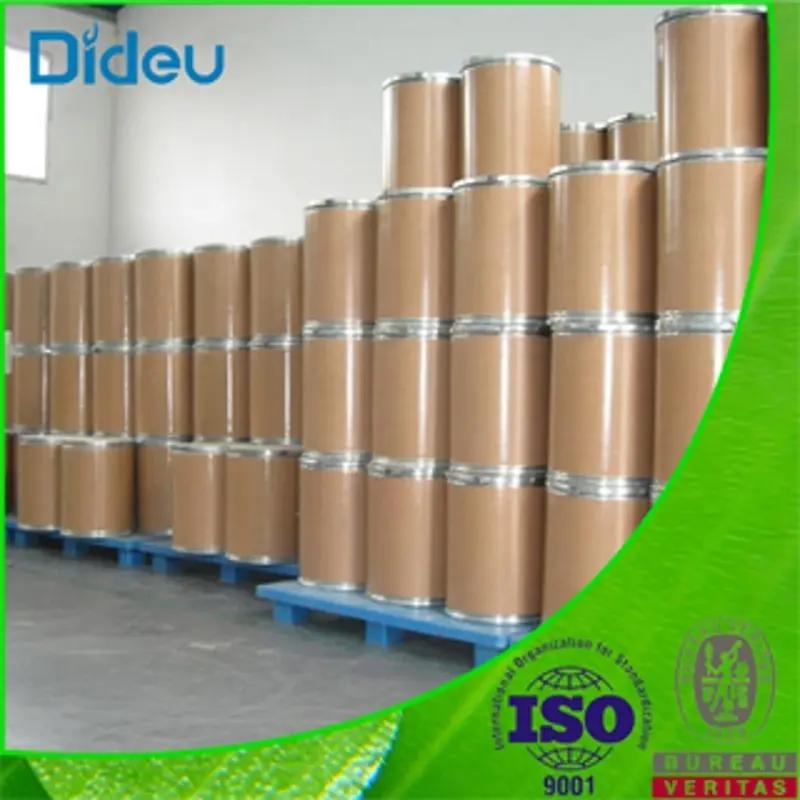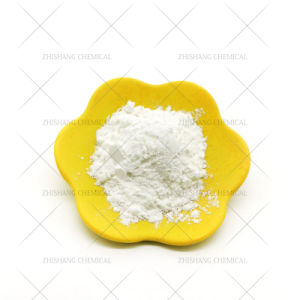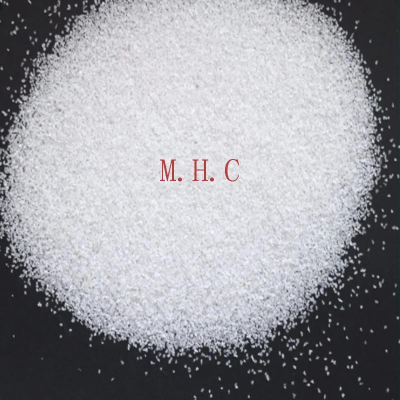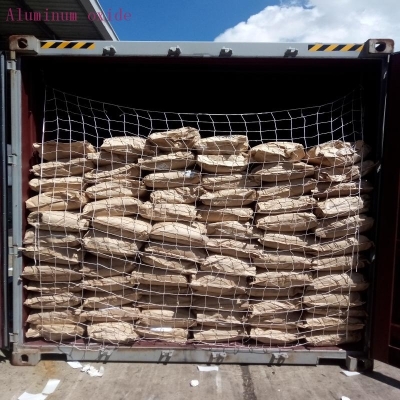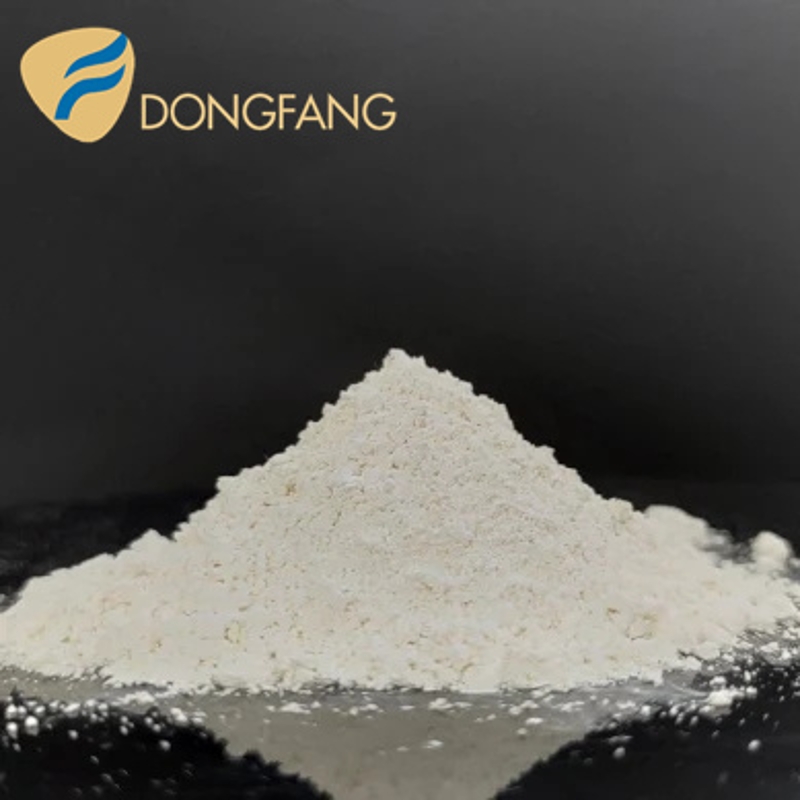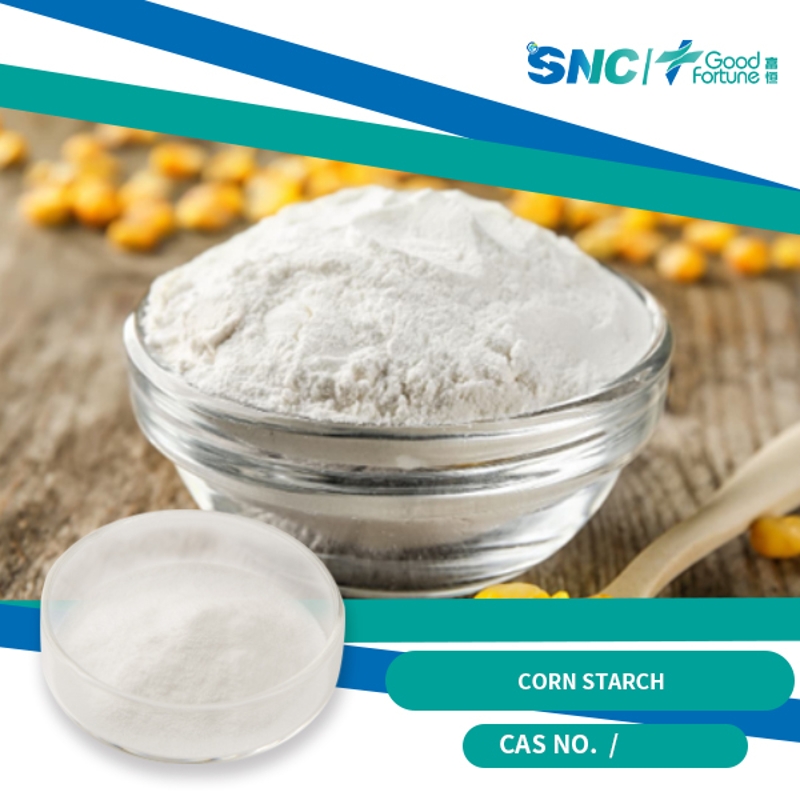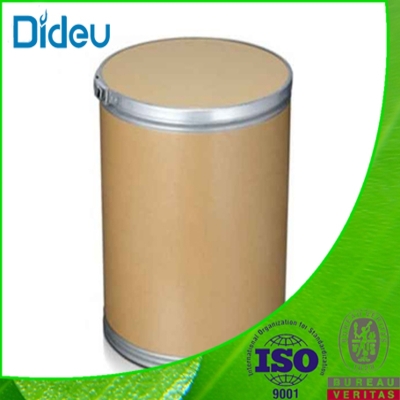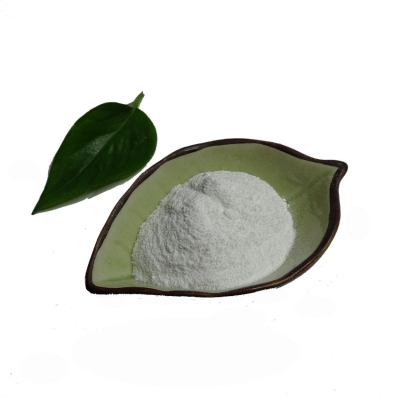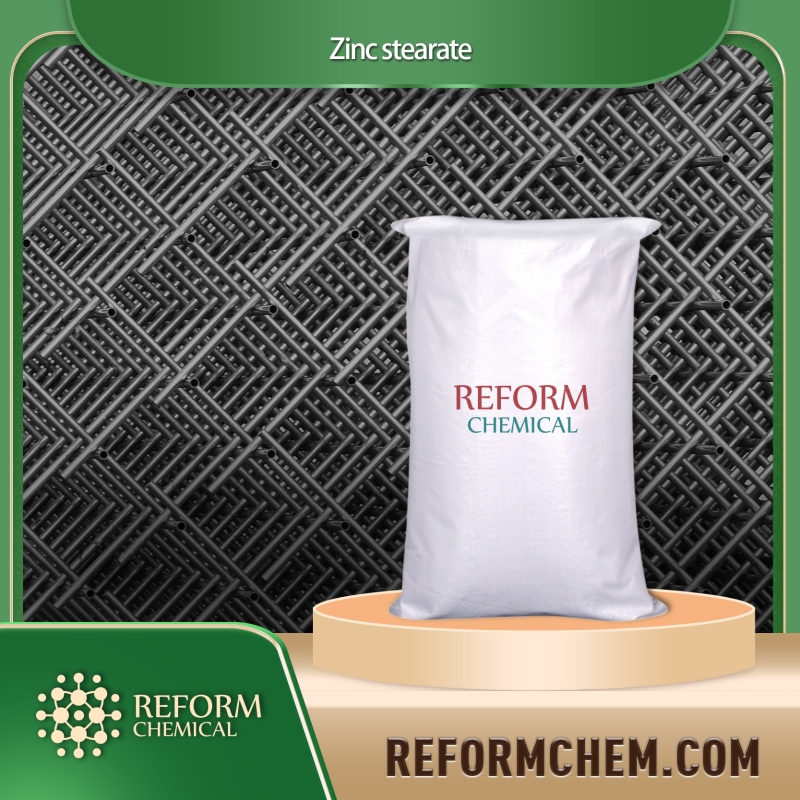Cosmetic Ingredient
- • Abrasive (124)
- • Absorbent (84)
- • Anticaking (66)
- • Anticorrosive (25)
- • Antifoaming (19)
- • Antimicrobials (290)
- • Antioxidant Ingredient (393)
- • Antiperspirant (20)
- • Antiplaque (48)
- • Anti-seborrheic (38)
- • Anti-sebum (39)
- • Antistatic (458)
- • Astringent (162)
- • Binding Agent (172)
- • Bleaching Agent (53)
- • Buffering (191)
- • Bulking (109)
- • Chelating (122)
- • Cleansing (679)
- • Cosmetic Colorant (212)
- • Cosmetic Preservative (158)
- • Denaturant (45)
- • Deodorant (98)
- • Depilatory (27)
- • Dissolving Agent (298)
- • Emollient (795)
- • Emulsifying Agent (480)
- • Emulsion Stabilising (154)
- • Exfoliating (19)
- • Film Forming (299)
- • Flavouring (72)
- • Foam Boosting (161)
- • Foaming (101)
- • Fragrance Ingredient (726)
- • Gel Forming (19)
- • Hair Conditioning (670)
- • Hair Dyeing (363)
- • Hair Fixing (36)
- • Hair Waving or Straightening (45)
- • Humectant (282)
- • Hydrotrope (92)
- • Keratolytic (20)
- • Light Stabilizer (80)
- • Moisturising Agent (50)
- • Nail Conditioning (42)
- • Occlusive (20)
- • Opacifying (119)
- • Oral Care (123)
- • Oxidising (19)
- • Perfuming (2105)
- • Plasticiser (98)
- • Propellant (19)
- • Reducing (50)
- • Refatting (12)
- • Refreshing (26)
- • Skin Cleansing (388)
- • Skin Conditioning (1751)
- • Skin Humectant (21)
- • Skin Protecting (282)
- • Smoothing (31)
- • Soothing (71)
- • Tonics (155)
- • UV Filter (34)
- • Viscosity Controlling (532)
Chemicals as Skincare Ingredients
Related News
-
Pfizer China Oncology Division Restructures Amid Executive Changes
2025-03-19 -
Price Surge Alert as Major Suppliers Increase Barium Sulfate Costs by 200 Yuan per Ton
2025-03-20 -
Shell Considers Partnering with the U.S. and Closing European Chemical Assets
2025-03-26 -
Quaker Houghton Acquires Dipsol Chemicals, Strengthening Advanced Solutions Portfolio
2025-03-27 -
AstraZeneca to Invest $2.5 Billion to Establish Global Drug R&D Center in Beijing
2025-03-25 -
Saudi Aramco CEO: Invest in downstream projects in China's energy, chemical and other fields
2025-03-28
Anticaking
Cellulose
(9004-34-6)2. ACCEL-101 is most widely used for direct compression tableting and wet granulation.ACCEL-102 has similar compression properties to ACCEL-101. However, it has larger particle size and therefore, may be of value in improving the flow if fine powders.ACCEL
-
Food Grade / -
-
Chemical Grade / 99%
$1/KG FOB
-
- / 99.00%
-
Food Grade / 99%
Silica
(7631-86-9)-
Cosmetics Grade / 98%
$1605-1897/MT FOB
-
Cosmetics Grade / 99.5%
$1-1.2/MT FOB
-
Food Grade / -
-
Polyethylene glycol
(25322-68-3)2. Poly(ethylene Glycol) molecules of approximately 2000 monomers. Poly(ethylene Glycol) is used in various applications from industrial chemistry to biological chemistry. Recent research has shown PEG maintains the ability to aid the spinal cord injury recovery process, helping the nerve impulse conduction process in animals. In rats, it has be
-
Cosmetics Raw Material Beauty / 70%
-
![Polyethylene glycol buy Polyethylene glycol]()
Cosmetic Raw Materials / 99%
-
Industrial Grade / 99%
$1.3-1.6/KG FOB
-
Alumina
(1344-28-1)-
Industrial Grade / 99%
-
-
-
- / 99.6%
Magnesium stearate
(557-04-0)Magnesium stearate is often used as a anti-adherent in the manufacture of medical tablets, capsules and powders. In this regard, the substance is also useful, because it has lubricating properties,
-
Cosmetics Grade / 99%
$4-5/KG FOB
-
Food Grade, Pharma Grade, Cosmetic Grade / 99.9%
-
cosmetic Grade, food grade, API grade / -
-
Cosmetics Grade / -
Request for quotation , get quotes from more suppliers.
Source Anticaking Products Supply
-
Cosmetics Grade / 99%
-
Food Grade / 90%
$0.5-0.6/KG FOB
-
Food Grade / 99%
-
Food Grade / 99%
Request for quotation , get quotes from more suppliers.
Calcium stearate
(1592-23-0)-
Industrial grade / 99%
-
Food Grade / 99%
-
-
- / 99.00%
Request for quotation , get quotes from more suppliers.
Kaolin
(1332-58-7)-
Chemical Grade / 99%
-
-
- / 0.00%
-
$400-410/MT FOB
-
Cosmetics Grade / 99.5%
$1-1.2/MT FOB
-
Industrial Grade / 99%
$5-6.5/KG FOB
-
Chemical Grade / 99%
$1/KG FOB
-
Request for quotation , get quotes from more suppliers.
Talc (Mg3H2(SiO3)4)
(14807-96-6)-
Cosmetics Grade / 90%
-
Cosmetics Grade / 99%
-
Cosmetics Grade / 60%
-
Cosmetics Grade / 99%
Request for quotation , get quotes from more suppliers.
More Information
Anticaking agents are indispensable in cosmetic formulations, particularly in powdered products like face powders and eyeshadows, to prevent clumping and ensure a smooth application. These agents function by absorbing excess moisture, thereby preventing particles from sticking together and forming lumps.
When anticaking agents are incorporated into formulations, they act to create a barrier between particles, reducing the likelihood of aggregation. This ensures that the powdered product remains free-flowing and easy to apply, enhancing user experience and product performance.
In cosmetic formulations, anticaking agents are used in:
•Face powders
•Eyeshadows
•Blushes









